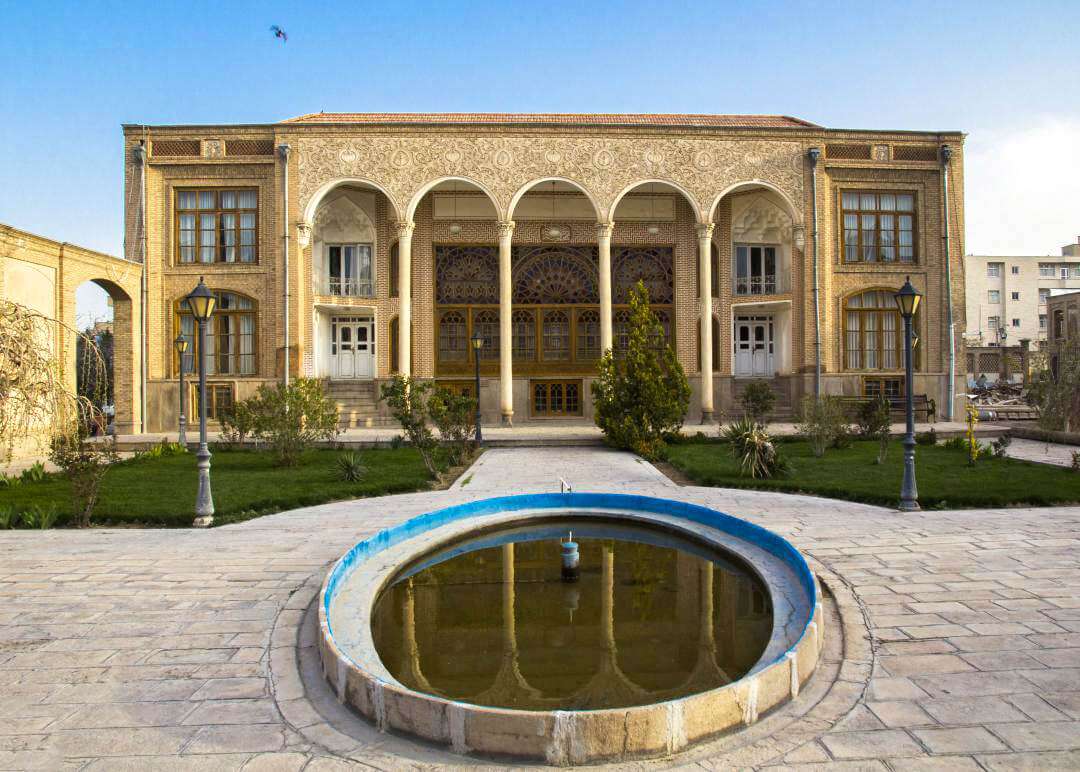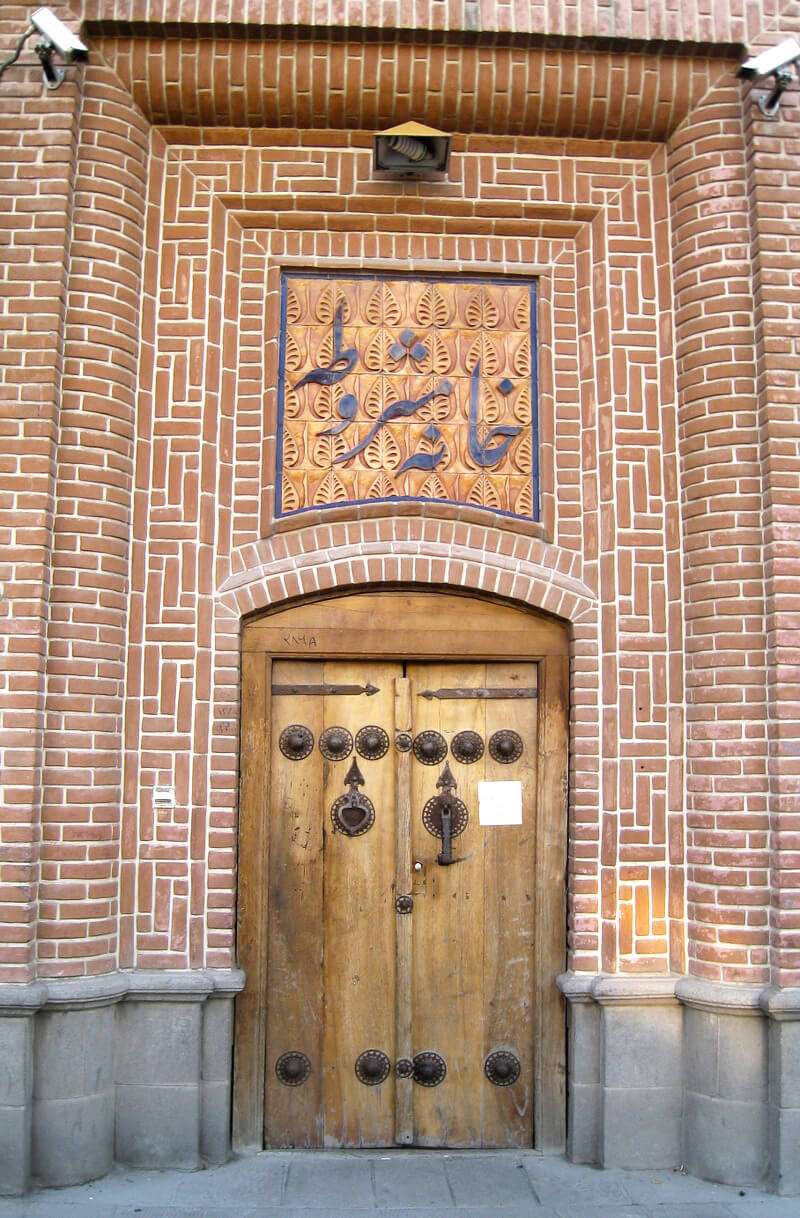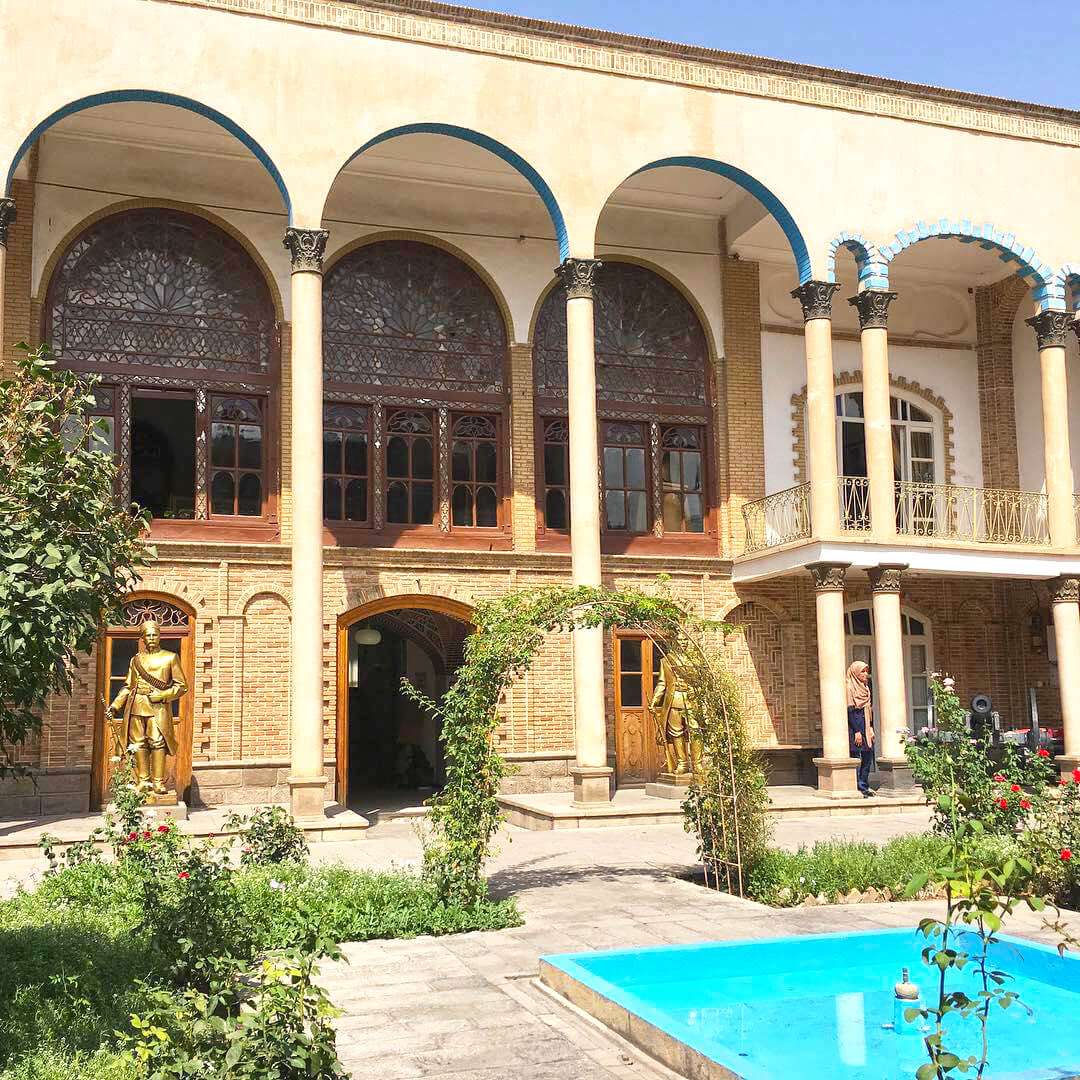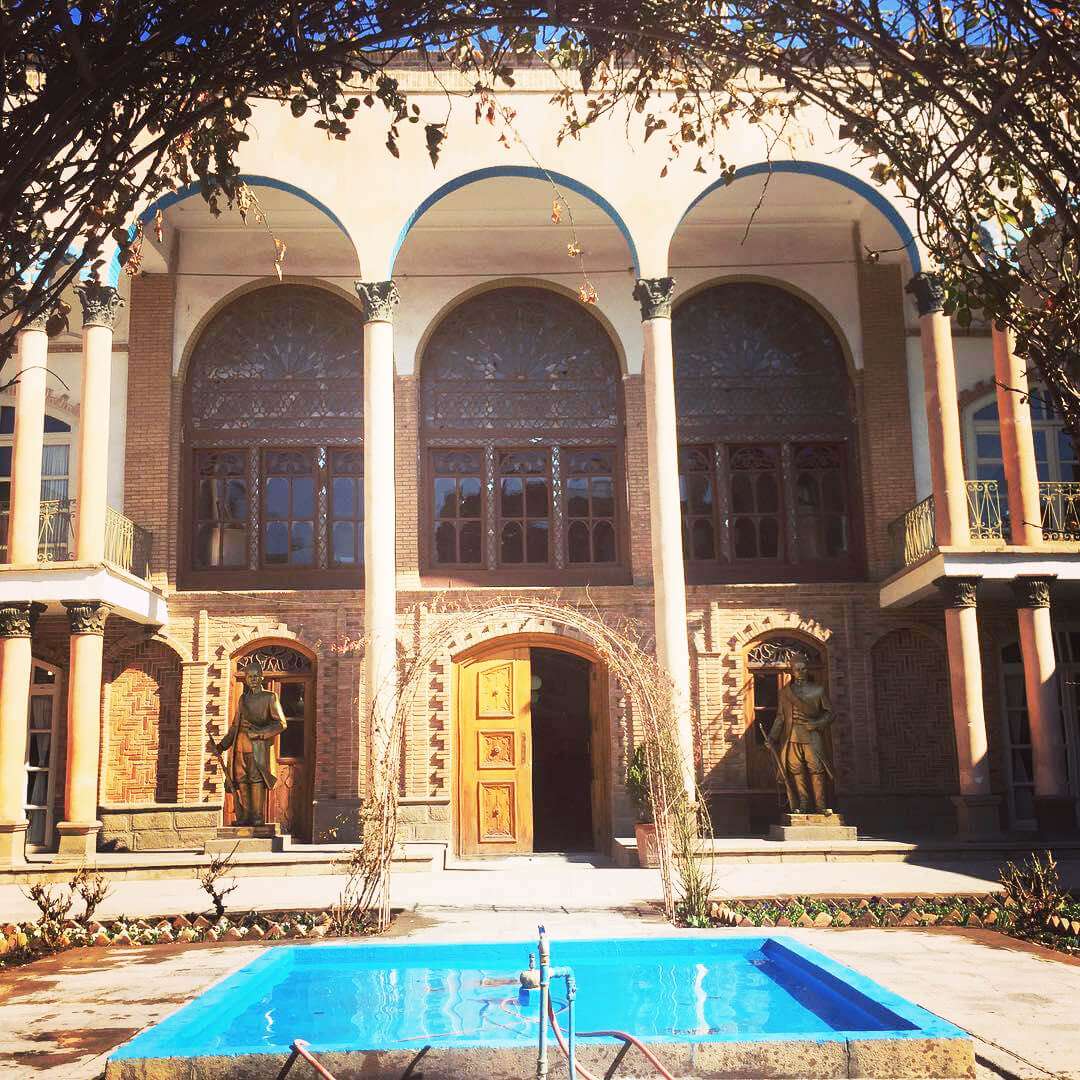Constitution House of Tabriz (Khaneh Mashrouteh)
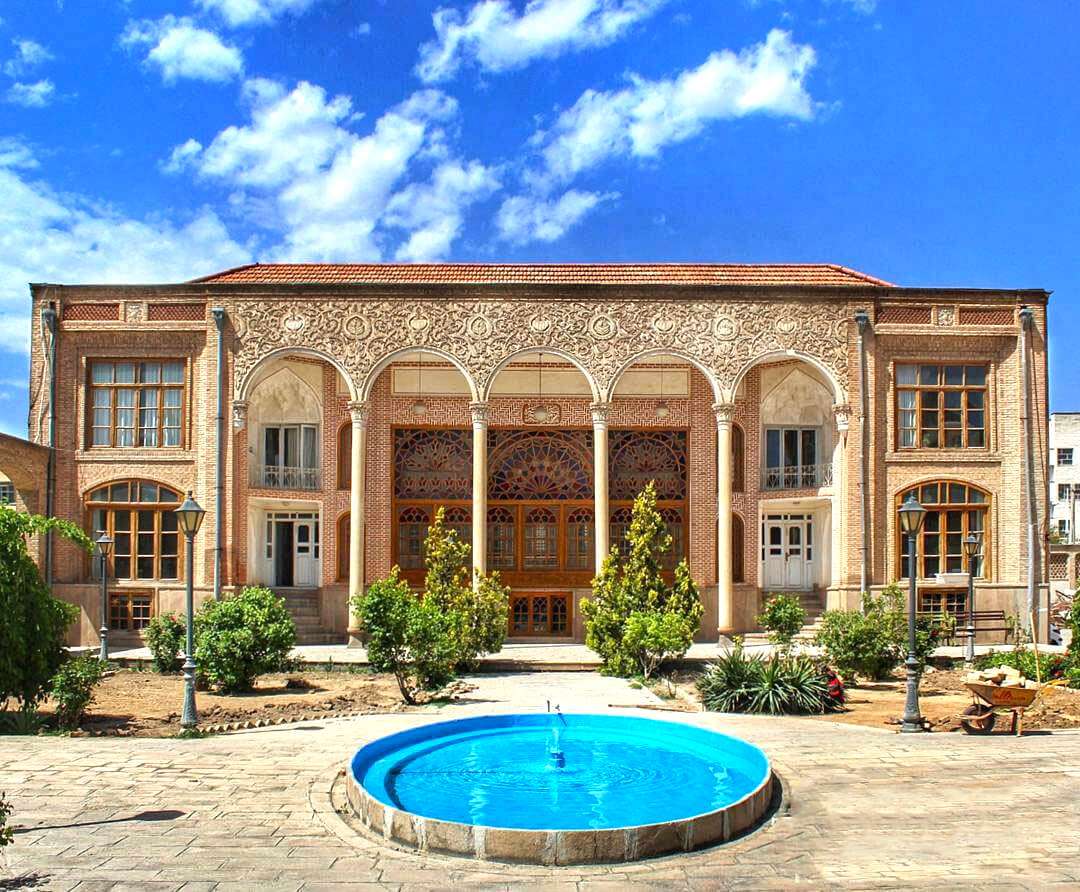
- Visiting
Constitution House of Tabriz (Khaneh Mashrouteh) in Tabriz
- ThemeHistory and Culture
- CodeIRSG111
- Duration45 mins
Visiting the Qajarid house built in 1868. It was used as a gathering place for people of Tabriz during the Constitutional movement of Iran in the early 20th century.
- Spring8:00-20:00 *
- Summer8:00-20:00 *4:00 PM-9:00 PM
- Autumn9:00-18:00 *
- Winter9:00-18:00 *
* Best Time
Photos of the Constitution House of Tabriz (Khaneh Mashrouteh)
Explore the Constitution House of Tabriz (Khaneh Mashrouteh)
Constitution House of Tabriz (Khaneh Mashrouteh)
Also called Kuzehkonani House, this handsome Qajarid building is located in the west side of the Grand Bazaar of Tabriz. It is most reputed for its role in the Constitutional Movement of Iran which took place in the early 20th century.
In 1868, Haj Mehdi Kuzehkonani, a well-known merchant of Tabriz commissioned this magnificent house. Tabriz was the city where the first flames of the Constitutional movement ignited. In 1908, Haj Mehdi Kuzehkonani, who was himself a political activist, decided to support the revolution. He dedicated his house to the revolutionaries and clergies to gather and debate the issues of the day. Thus, the house turned into a headquarter for leading the movement in Tabriz and hosted famous revolutionaries like Sattar Khan (the National Commander), Seqat al-Islam Tabrizi (the Shia clergy) and Baqer Khan (the National Chieftain). Later on, in the mid-20th century, the house became a center for the meetings of Azerbaijan's Democrat Party. Now, it is known as the Constitution House of Tabriz and opened to the public as a museum in 1996.
A twisted narrow alley in Rasteh Kucheh neighborhood leads to this historical house. Covering an area of 1300 square meters, the house is erected in two stories by Haj Vali Meʻmar, the well- reputed Tabrizi architect. Passing the antechamber, one enters a yard laid out around a rectangular pool with four flower beds on four sides. On the right side of the yard, there is a columned porch with a wooden door in the middle surmounted by three orosis (large wooden windows with stained glasses which cover a wall of the room completely from ceiling to the floor). Interestingly, these orosis have survived from the Qajar era and have not been changed or restored. A war cannon and bronze statues of Baqer Khan and Sattar Khan are installed on the porch.
The first storey comprises a gallery with six rooms and two stairways which lead to the gallery of the second storey. The second storey includes a gallery, six rooms and a 9 * 6 meters hall. A skylight adorned with colored panes and mirrors in the middle of the gallery is nestled on four plaster-work decorated columns. The most splendid part of the house is the hall boasting the above-mentioned orosis overlooking the yard. The sunlight filtered by the stained glasses of orosis gives the visitors a nice view. The hall is flanked by two rooms (gooshvar) on both sides. These gooshvars are graced with marvelous wooden embossed carved ceilings and doors.
The items on display include the memorabilia of the Constitutional Revolutions. Photos, documents, and sculptors which narrate the story of this fatal event in the history of Iran are on display. Among the most considerable items, there is a Mauser pistol of Sattar Khan dedicated to the museum by his son. A duplicating machine used for copying the night letters written by the revolutionaries; a hand letter of the owner of the house; and glasses and a pen box of Seqat al-Islam Tabrizi are the other items in the museum. The gooshvar room on the second storey hosts the photos and statues of Tabrizi women who were involved in the Constitutional movement. For instance, photos of Zeinab Pasha, a heroine who is known for her activities during the Tobacco Protest.
Important Information
Additional Info
Cost Info
- Persian Fillet Kebab in Qorani Restaurant -
